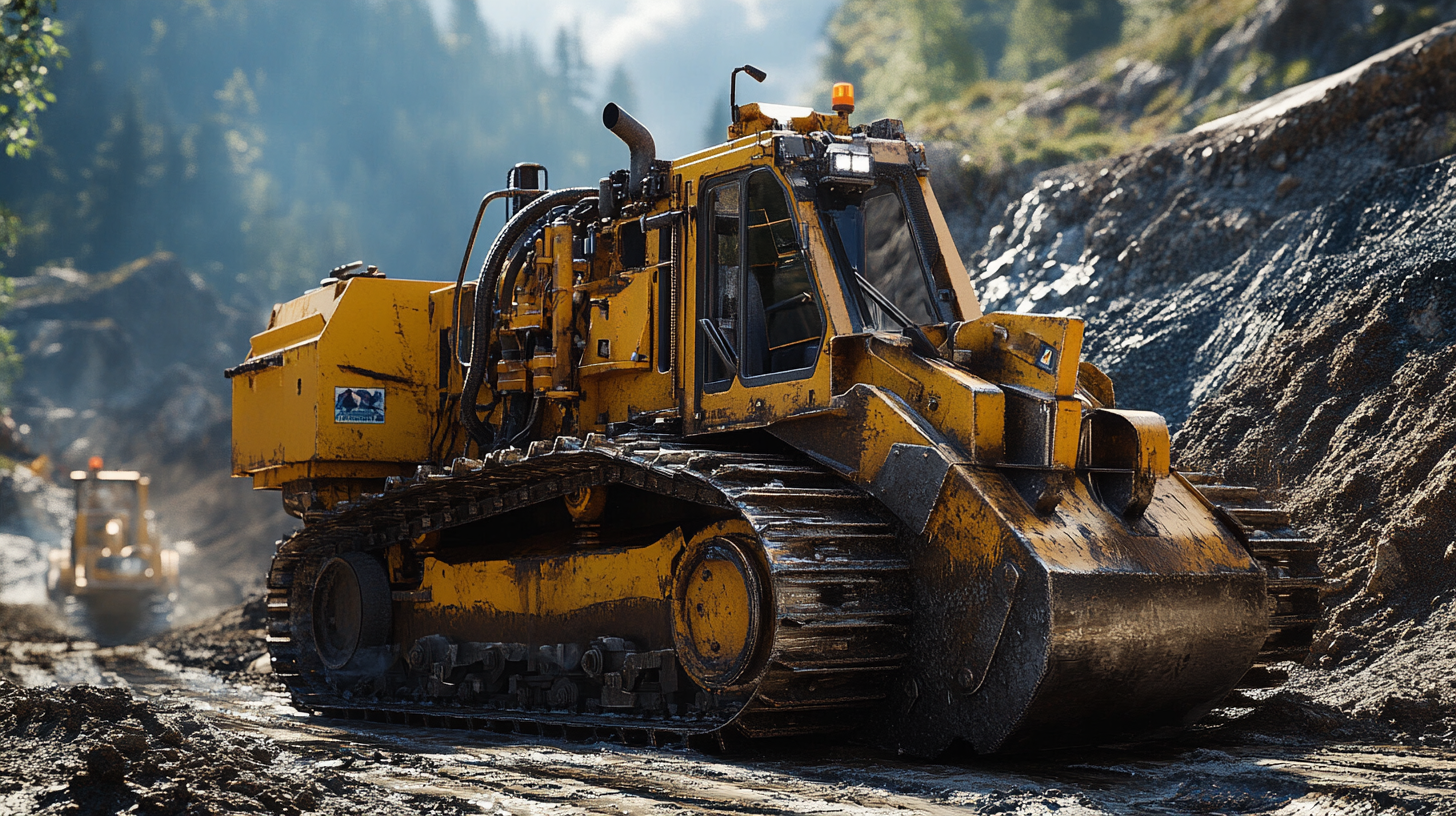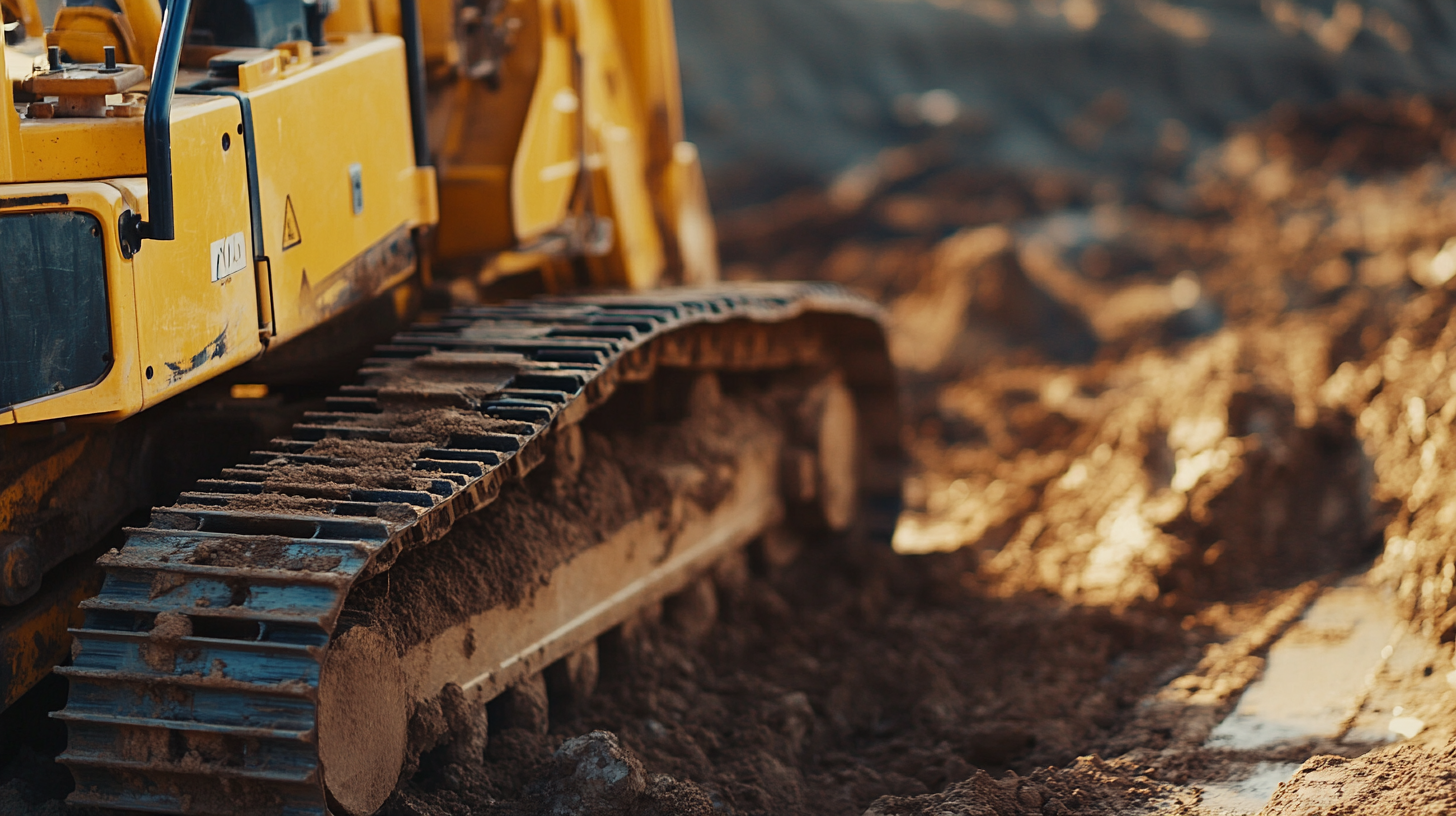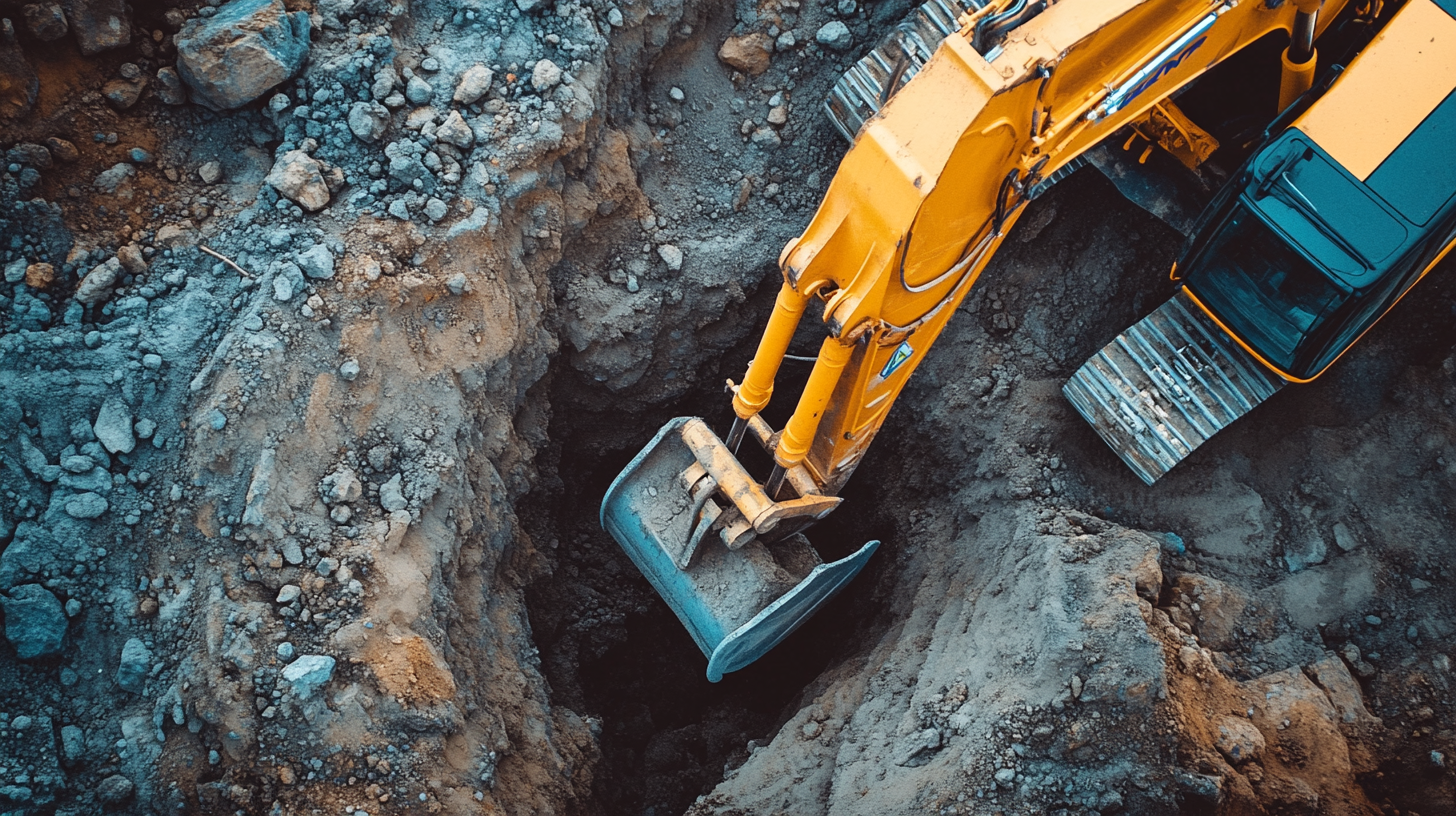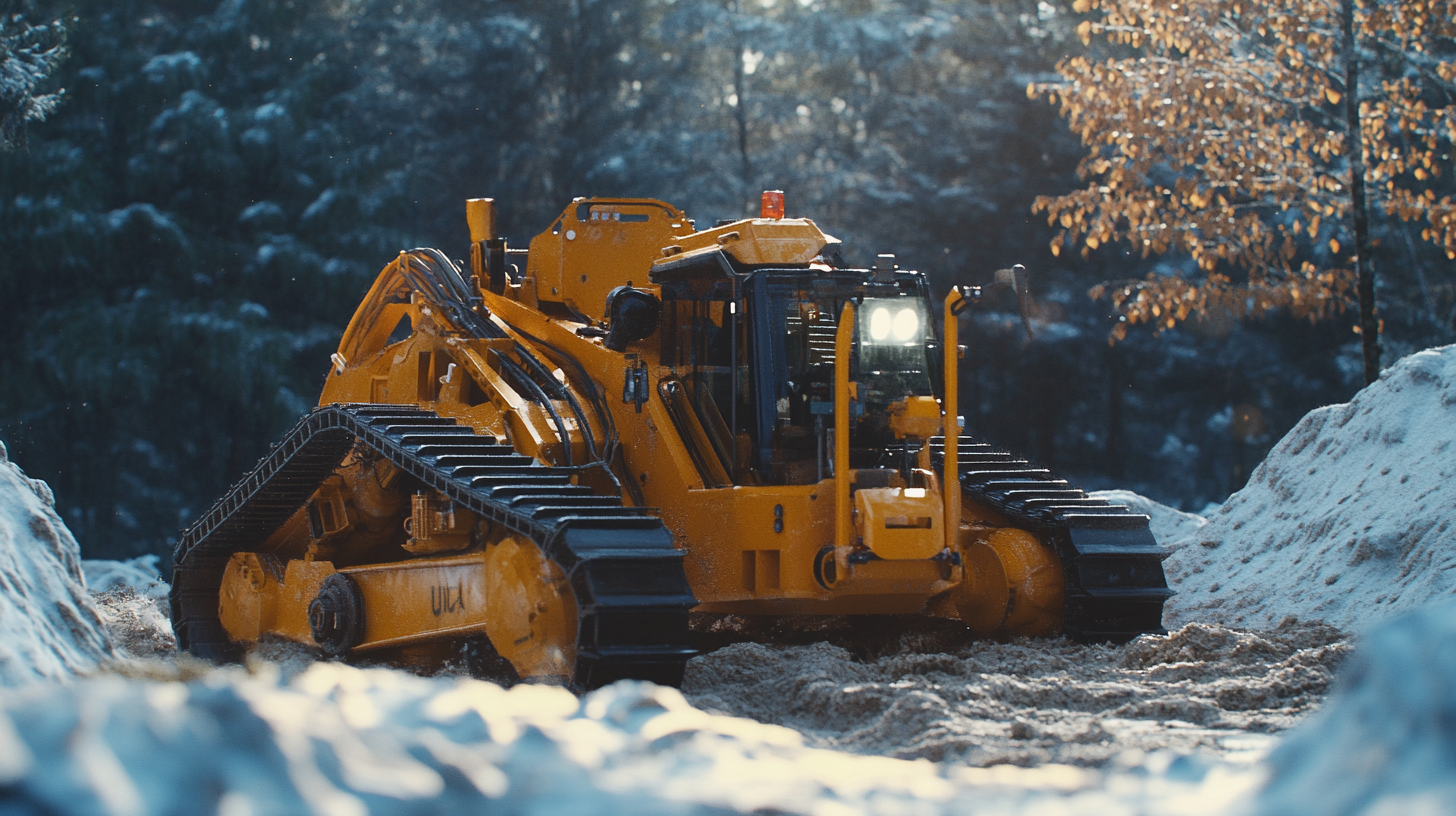How to Choose the Right Trencher Rental for Your Construction Project Needs
When embarking on a construction project, one of the critical decisions you will face is selecting the right equipment that meets your specific needs. Among the various tools available, a trencher rental can be instrumental in efficiently executing tasks such as digging trenches for utility lines, landscaping, or drainage systems. However, with the myriad of options available, determining the most suitable trencher can be a daunting task for both seasoned contractors and DIY enthusiasts alike.
Choosing the right trencher rental involves considering factors such as the size of the job, soil conditions, and the type of trencher that aligns with your project's requirements. By understanding the different types of trenchers available for rent and their specific functionalities, you can ensure that your project runs smoothly and effectively. In this blog, we will guide you through key considerations and tips that will aid you in selecting the ideal trencher rental for your construction needs, helping you maximize both efficiency and productivity on the job site.

Factors to Consider When Selecting a Trencher for Your Project
When selecting the right trencher for your construction project, several critical factors should be taken into account to ensure efficiency and success. Firstly, assess the nature of your project. Different types of trenchers are designed for specific conditions; for instance, chain trenchers are ideal for harder soils, while wheel trenchers work well in loose, sandy terrains. According to industry reports, choosing the right type based on soil conditions can lead to a 20% reduction in operational time, significantly impacting the project's overall timeline. Another important factor is the trench depth and width required for the project. Depths can range from a few inches to several feet, and trenchers come with various attachment options that can be adjusted to match the project's needs. Selecting the incorrect depth can result in either insufficient installations or excessive digging, which not only wastes time but can also lead to increased costs. Additionally, consider the capabilities and limitations of the trencher itself. Equipment features such as horsepower, track type, and overall design greatly influence performance. Some models, for example, are equipped with advanced hydraulic systems that enhance digging efficiency. A recent study identified that optimal machine selection correlates with a 15% increase in productivity, especially in complex projects requiring precision. Lastly, don’t overlook the economic implications of your trencher choice. As seen in current construction trends, cost-effective rentals that align with sustainability goals can mitigate financial risks. This approach is becoming increasingly important not just for project viability but also for maintaining compliance with environmental regulations in construction. Before making a decision, ensure thorough research and consider these factors to maximize project success.

Understanding Different Types of Trenchers and Their Applications
When selecting the right trencher for your construction project, it's essential to understand the various types of trenchers available and their specific applications. Trenchers primarily fall into two categories: chain trenchers and wheel trenchers. Chain trenchers are adept at digging deep, narrow trenches, making them ideal for installation of underground utility lines. On the other hand, wheel trenchers offer faster operation and are better suited for shallow, wide trenches. Knowing the soil conditions and the specifics of the job at hand will help determine which type will be most effective for your needs.
Another important aspect to consider is the excavation method. Unlike traditional trenching, plowing and microtrenching offer distinct advantages based on the project's requirements. Microtrenching, for instance, is increasingly popular for laying fiber optic cables in urban settings where minimizing surface disruption is crucial. This method creates narrow trenches, reducing the restoration costs and time needed for roadways and sidewalks. Evaluating the pros and cons of each method can lead to better resolution of challenges faced in construction projects.
Furthermore, the equipment's technological aspects, such as automation and operator accessibility, should not be overlooked. Modern trenchers with advanced features can enhance productivity and ensure precision, minimizing the potential for errors. Understanding these differences is vital for making an informed decision that aligns with the scope and objectives of your construction project.

Evaluating Rental Options: Pricing, Availability, and Maintenance
When selecting the right trencher rental for your construction project, evaluating rental options becomes crucial. The first aspect to consider is pricing. Different rental companies may offer varying rates based on the type and size of the trencher, as well as the rental duration. It's essential to compare these prices while also taking into account any additional fees, such as delivery charges or insurance. Many rental companies provide discounts for long-term rentals, so if your project is extensive, inquiring about these options can lead to significant savings.
Availability is another critical factor to assess. High demand for trenchers, particularly during peak construction seasons, can limit your choices. Always check with multiple rental providers to ensure you secure the right equipment when you need it. It’s advisable to reserve your trencher in advance to avoid last-minute complications. Additionally, some companies may have a larger inventory, offering more flexibility in terms of equipment size and features.
Lastly, maintenance and support should not be overlooked. Equipment reliability is vital for keeping your project on schedule. When renting a trencher, inquire about the maintenance history of the machinery and any services provided by the rental company. A reputable rental provider will offer well-maintained equipment and responsive support for any issues that may arise during your project. This focus on maintenance ensures that you can complete your work efficiently, without unnecessary delays.

Assessing Your Project's Depth and Width Requirements
When embarking on a construction project, one of the critical steps is to choose the right trencher rental that aligns with the specific depth and width requirements of your work. Understanding these dimensions is vital, as they directly impact the efficiency and success of your project. Each project has its unique specifications, and selecting an appropriate trencher ensures you can effectively navigate the soil conditions, utility placements, and other obstacles that may arise.
To accurately assess your project's depth and width requirements, start by analyzing the layout and design plans. Measure the depth necessary for the trenches involved, whether for laying pipes, electrical lines, or drainage systems. Equally important is understanding the width needed to accommodate your equipment and any additional construction activities. A trencher that is too wide or too narrow can hinder progress, lead to safety risks, or increase costs due to inefficient operations.
In addition to the measurements, consider the type of terrain you will be working on. Soft soil may require different trenching specifications compared to rocky or highly compacted ground. Knowing these factors will guide you in selecting a trencher capable of handling the unique challenges of your construction environment. By thoughtfully assessing your project’s specific needs, you will be better positioned to make an informed rental choice that enhances productivity and meets your project timeline.
Tips for Ensuring Safe and Efficient Trencher Operation on Site
When operating a trencher on a construction site, safety and efficiency should be top priorities. Before you begin, it is crucial to thoroughly inspect the trenching equipment. Check for any visible damage and ensure that all safety mechanisms are functioning properly. This initial step not only prevents malfunctions but also minimizes the risk of accidents. Ensuring that the trencher is suitable for the soil type and project requirements can significantly enhance operational efficiency.
Training is another essential component of safe trencher operation. All operators should be knowledgeable about the specific machine they're using, including its controls and safety features. Providing adequate training can prevent mishaps and ensure that all personnel understand the potential hazards associated with trenching. Additionally, having a spotter can help communicate crucial information and maintain a safe distance from the operating trencher, further ensuring on-site safety.
Lastly, maintaining clear communication among team members can facilitate a smoother operation. Regularly schedule briefings to discuss any changes in the project or potential hazards that might arise. This proactive approach not only keeps everyone informed but also fosters a collaborative work environment. By prioritizing thorough inspections, training, and communication, you can enhance both the safety and efficiency of trencher operations at your construction site.
